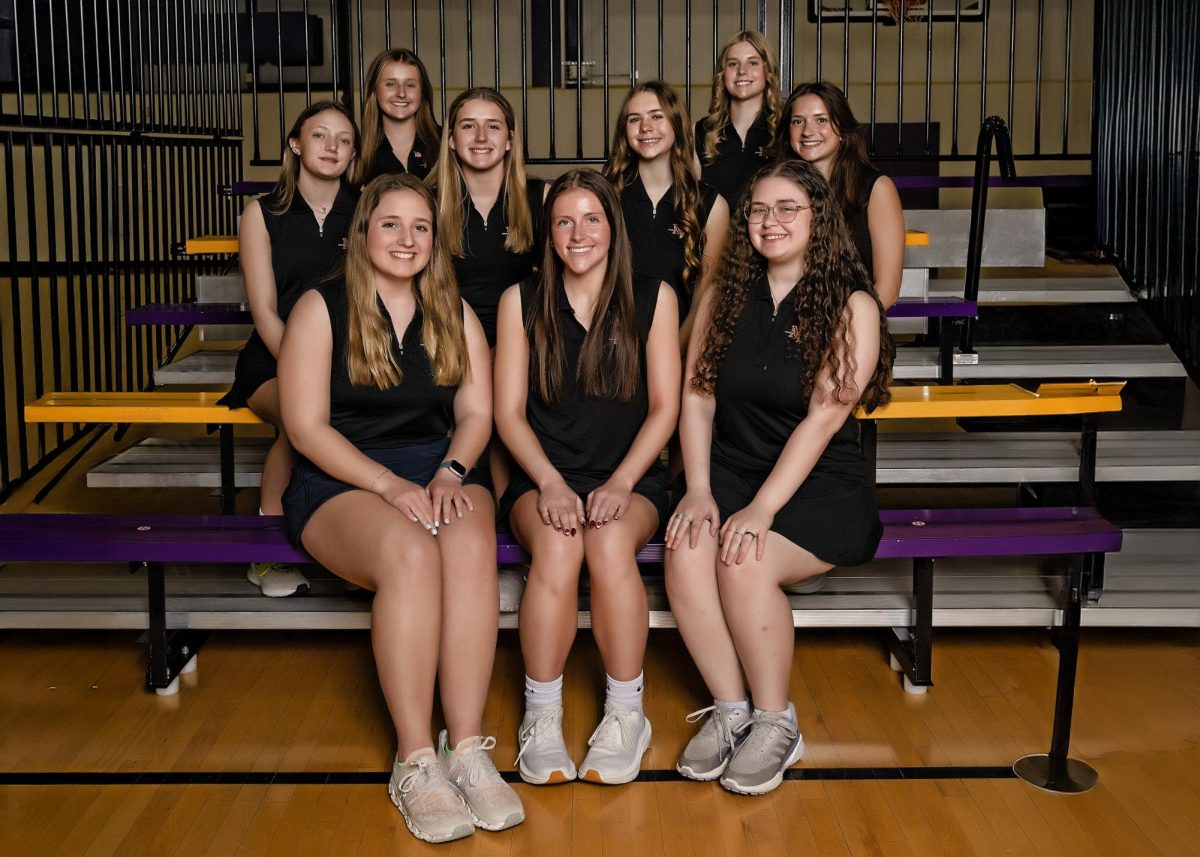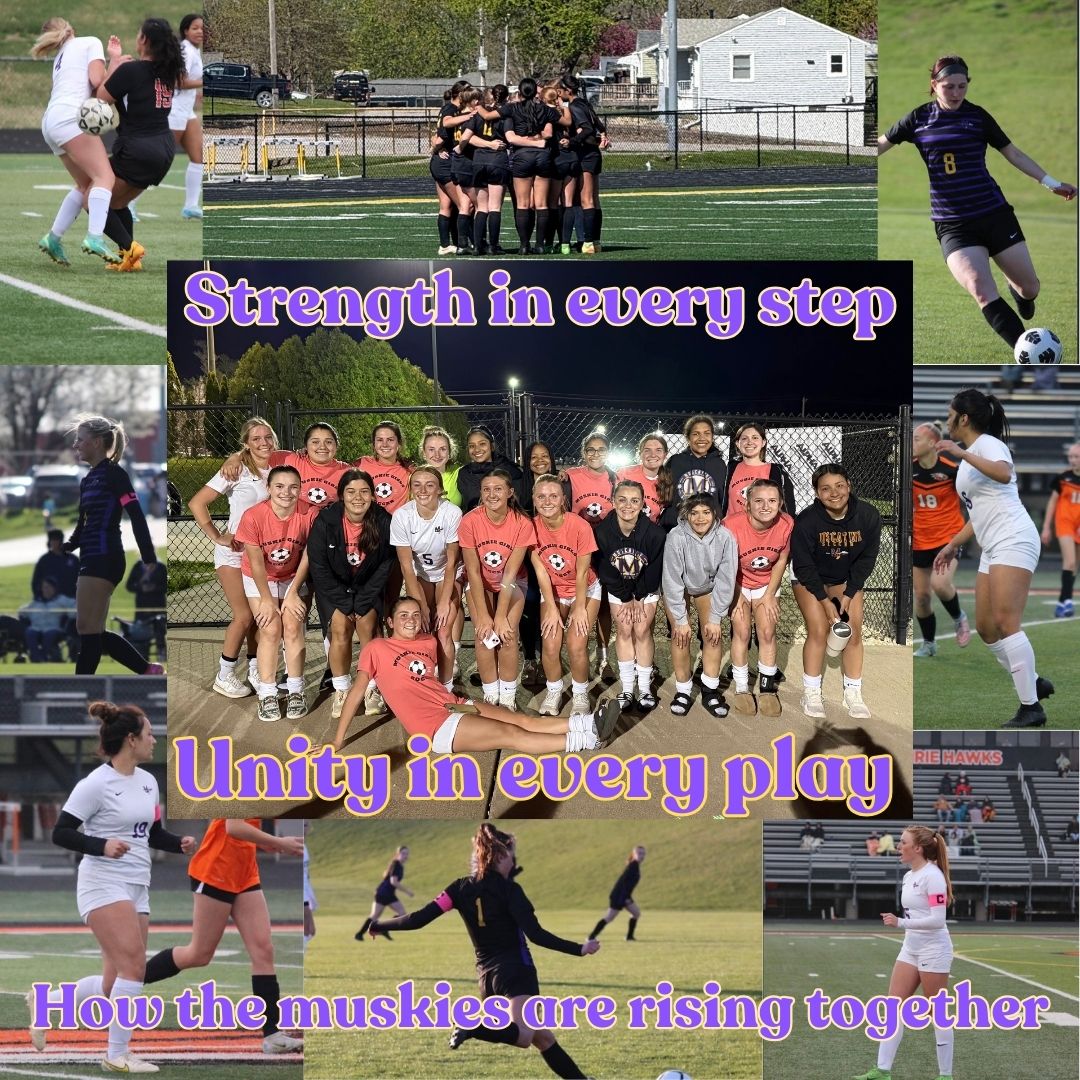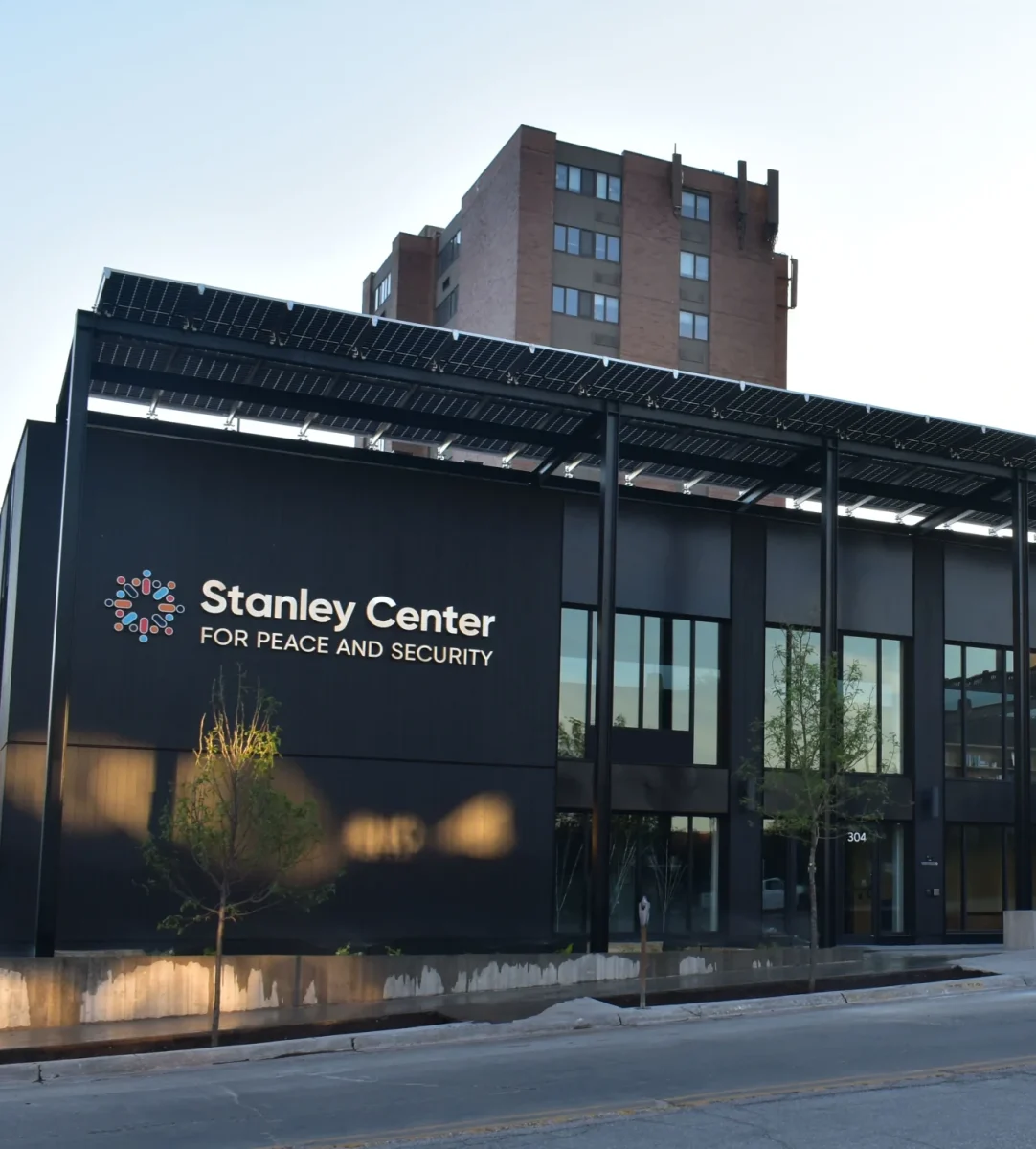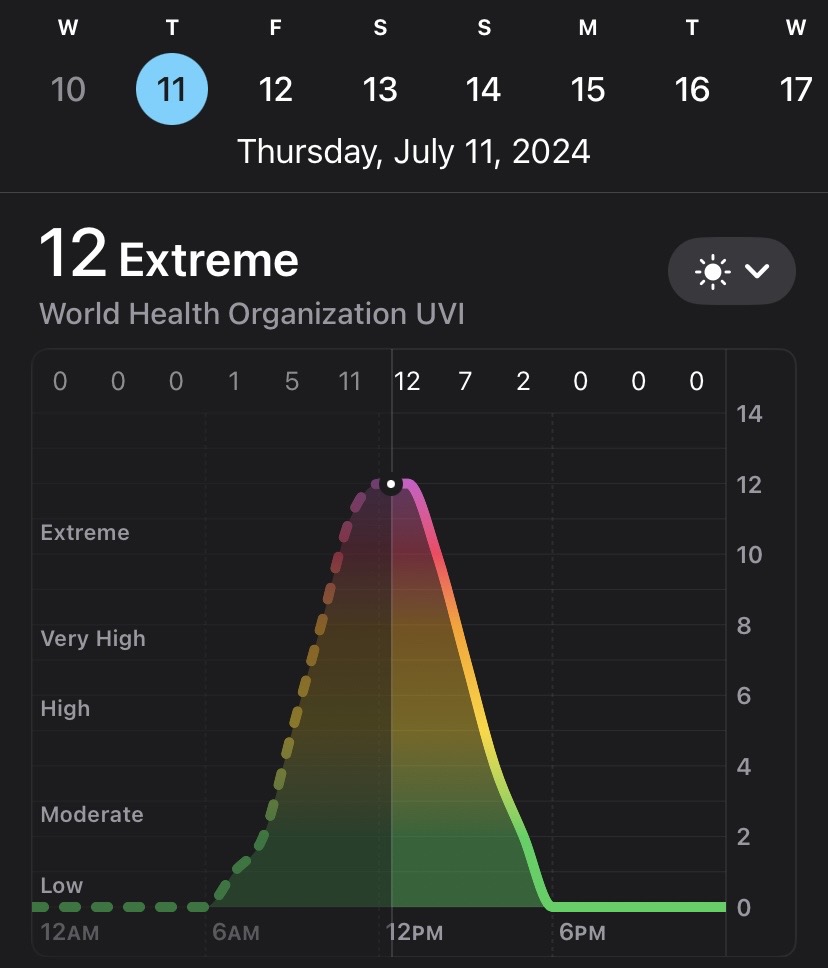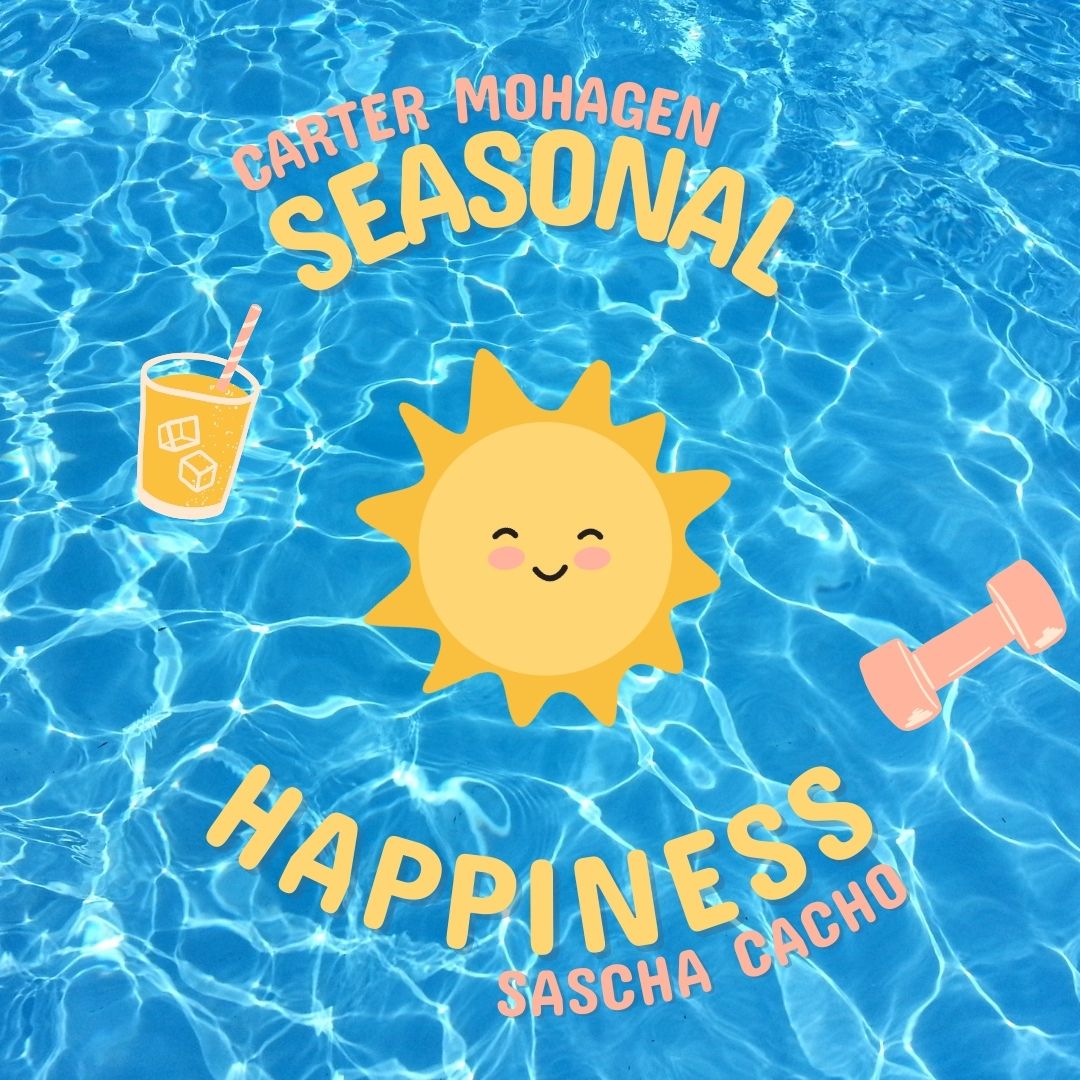Now that the testing has ended, MHS students and teachers reflect on the way testing was coordinated for the 2024-2025 school year.
The week of April 7th students in grades 9-11 got took the ISAAPS test. This exam stands for Iowa Statewide Assessment of Student Progress. This test is taken by students to monitor their progress at grade level and evaluate the effectiveness of the highschool’s delivery of the Iowa Standards.
For this spring, MHS rolled out a new incentive tied to ISASP testing to encourage students to put forth their best effort. Students in grades 9–11 can opt out of final exams in English, Math, or Science (10th grade only) if they meet specific performance benchmarks on the ISASP.
Overall, student reactions have been positive to the newest change.
Kason Tjebkes, 11th, noted that he felt way more motivated. He felt that the effort he put in now, even if stressful, would benefit him at the end of the year.
“Finals are a struggle for me. I thought if I did good now, I would finally be able to take a break for good near the end of the year,” said Kason.
Kason also liked that the incentive aligned with what he perceived to be his two toughest classes, Math and English.
Vanessa Mendoza, 11th, noticed her peers speaking about the incentives these past few weeks. Mostly commenting on how they are excited again about the idea of not having to take their math final.
“I think it pushed more people,” said Vanessa.
At the same time though, Vanessa does acknowledge that it was likely that not all of her peers tried because of the incentive. Teachers are keenly aware that they will always have outliers that feel unmotivated to test, and knowing this, teachers were also more intentional this year with some of the logistics and prep work of creating a testing environment.
11th Grade English Teacher, Mrs. Pam Cantrell, prepared her students by showing their previous test scores and writing them down. Along with the final incentive she gave them a pep talk to ensure they put their best efforts forward.
Her students seemed to be curious about their scores.
Mrs. Teri Toliver, Special Education teacher and English 11 co-teacher with Mrs. Cantrell, felt that on top of the incentives, the prep work for a testing culture was more intentional as well. Students were receptive to this. It helped create a “buy-in” and “more awareness of where they [in terms of their scores] needed to go.”
“Our students were even asking when they would find out their scores for this year,” shared Mrs. Toliver.
Overall, the teaching duo noted that kids seemed to really use their time this ISASP testing in comparison to other years.
“My second period class used their time really well and worked very hard. I could tell the difference. This was one of the year that the students worked their hardest. I did not have a single student I was worried about,” said Mrs. Cantrell.
Thanks to the behind the scenes work of some MHS staff members and gracious donations from community businesses, students were also given other random prizes as incentives that helped motivate students.
The shift to a more high-stake incentive while still maintaining smaller prizes for testing is likely something to stay part of the MHS testing culture. Plus, at the end of the day, who doesn’t love a good pizza party?





